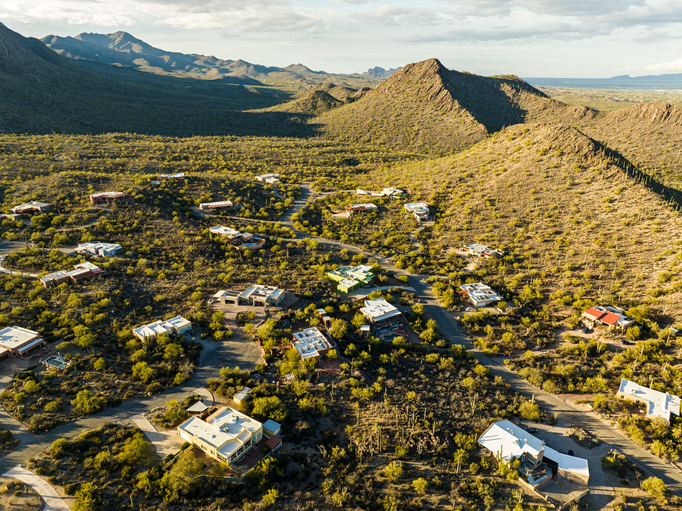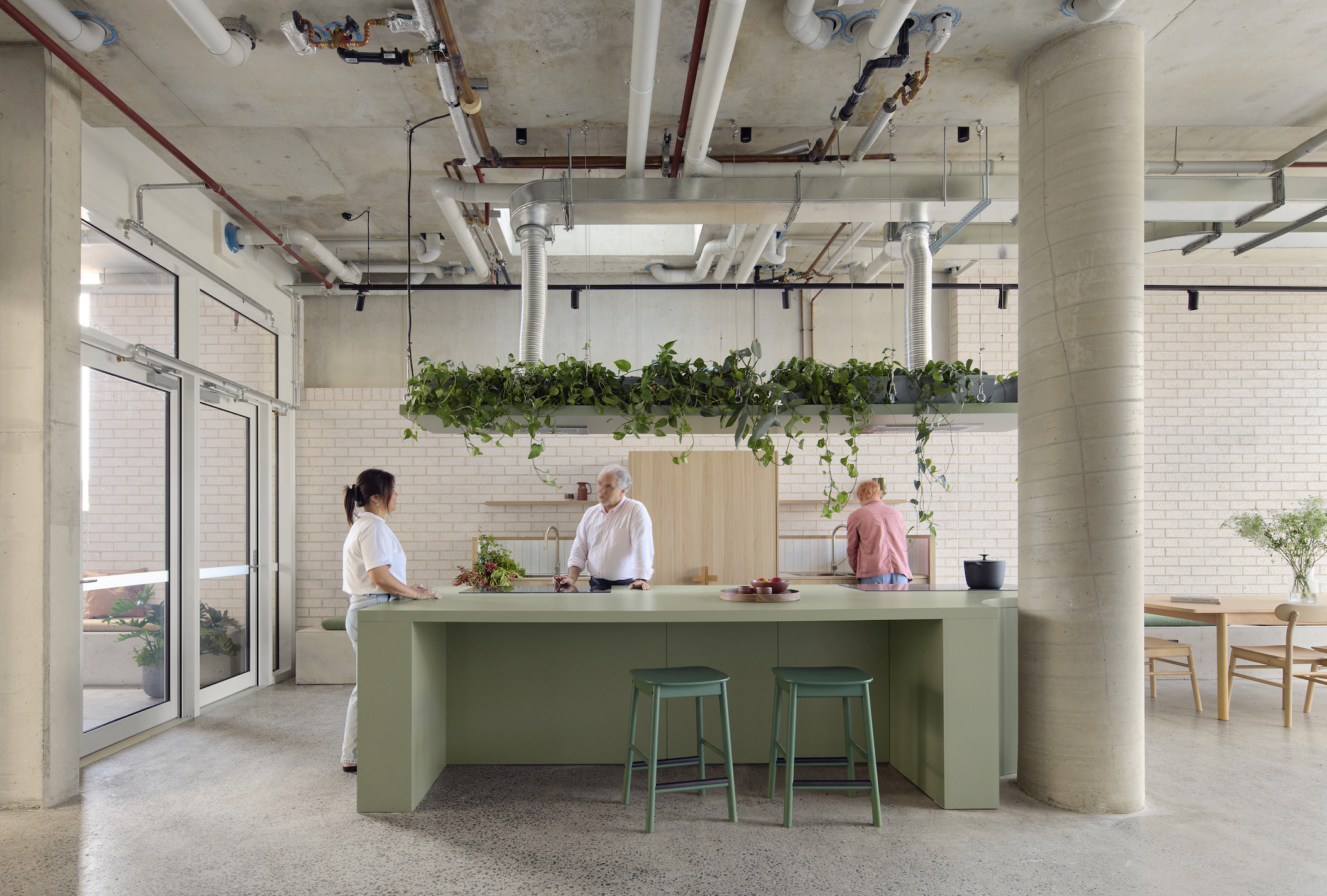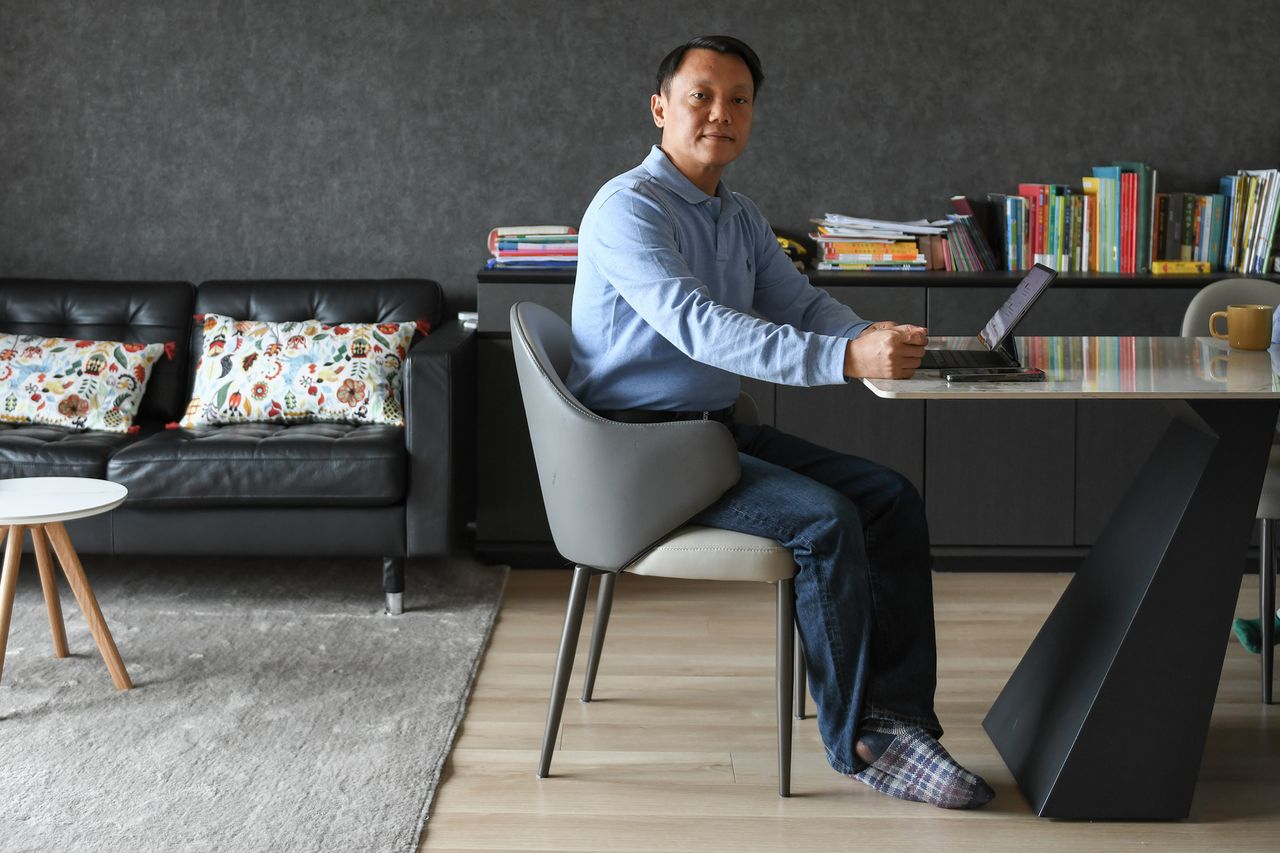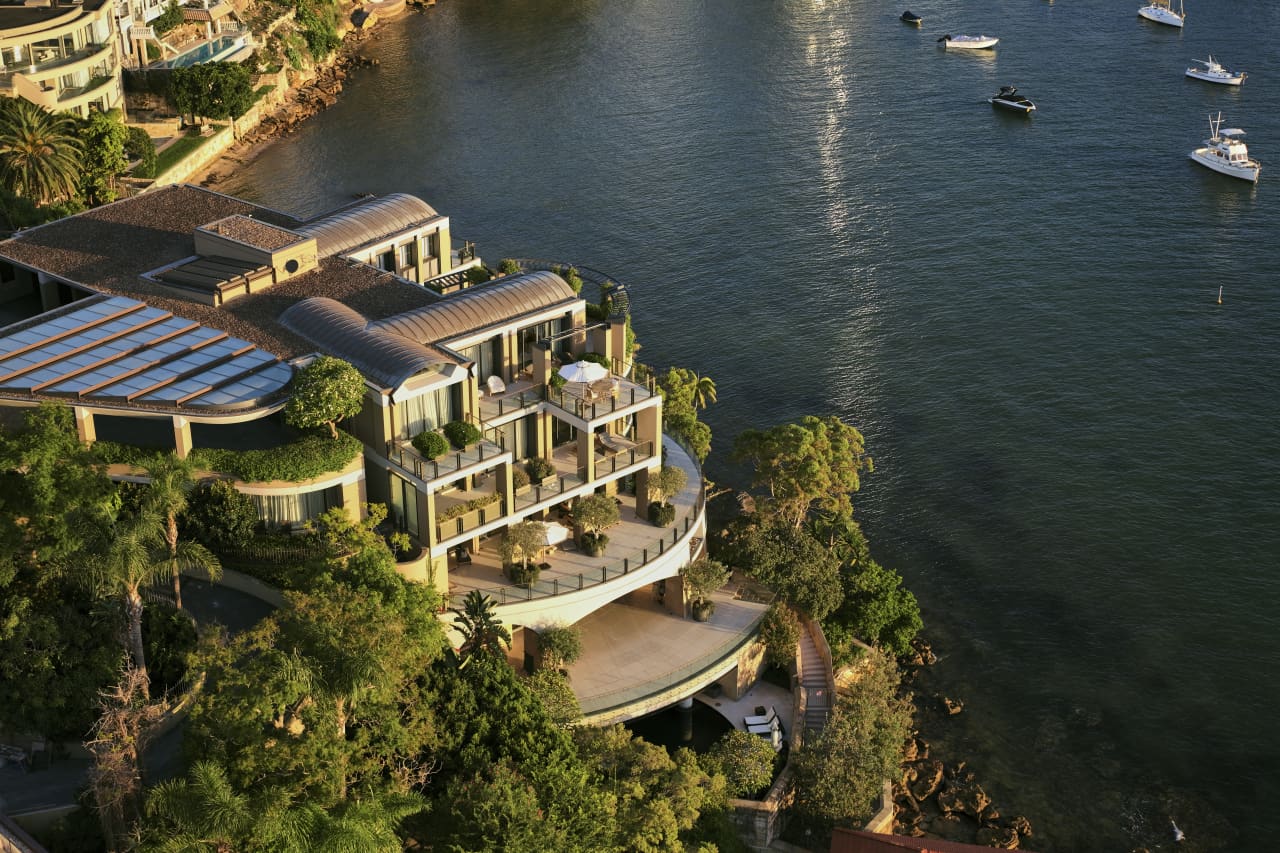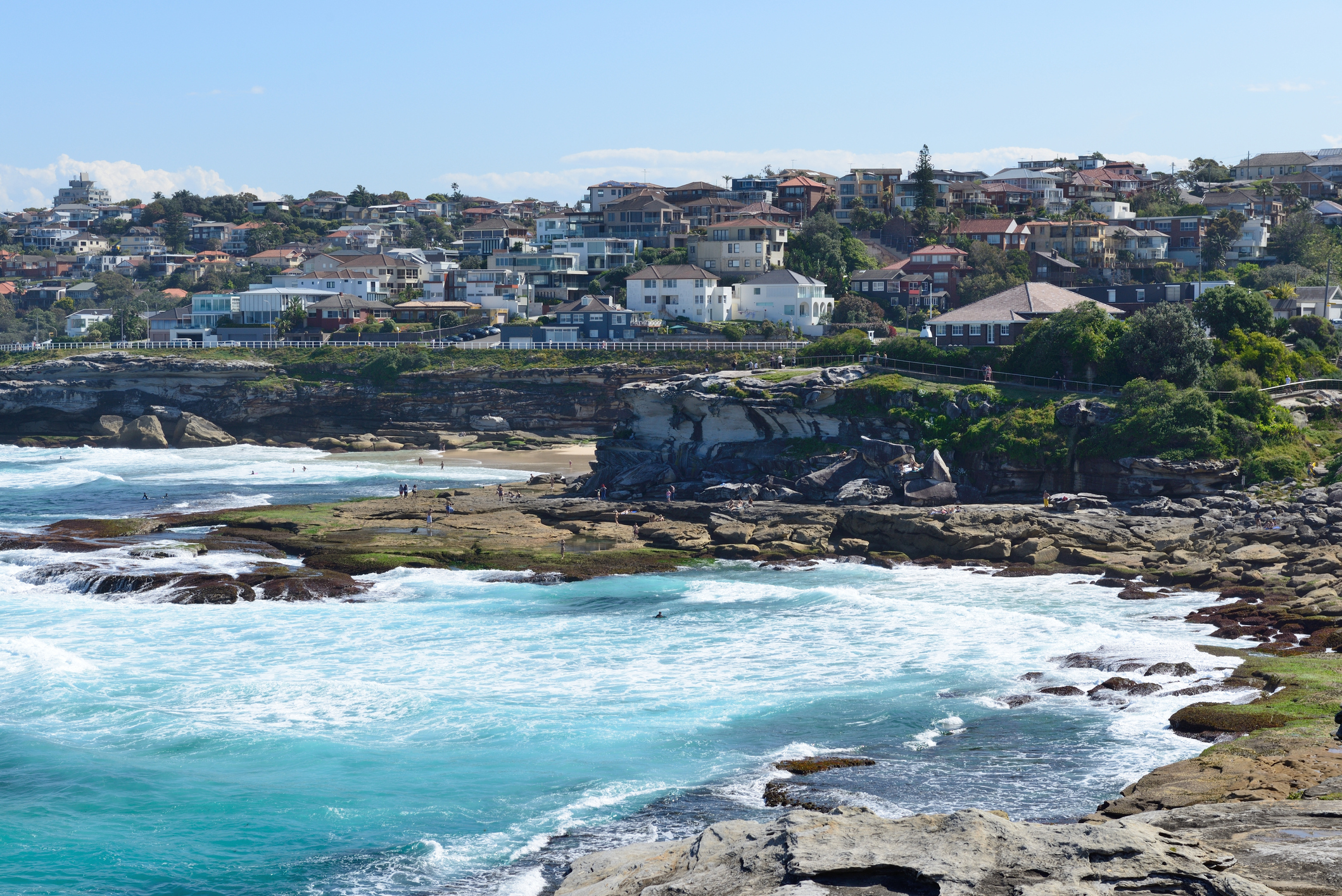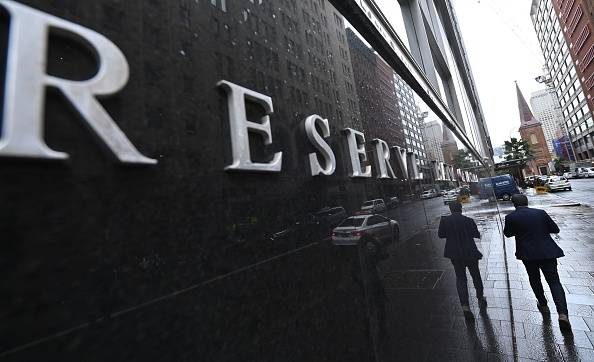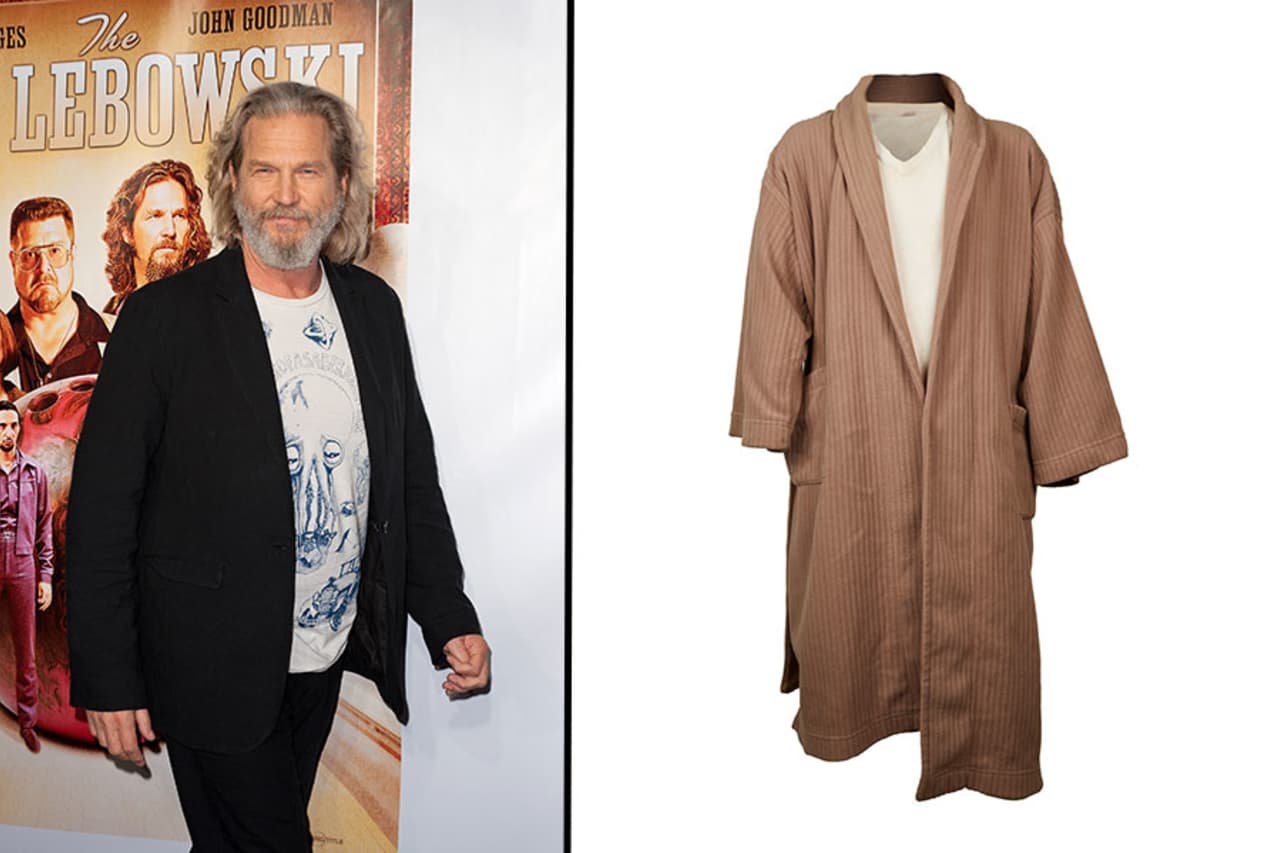Americans Moving From Colder Climes Face New Weather Extremes: 100 Degree Temps and Drought
Intense heat and water scarcity are now major design considerations for those building homes in desert locales
Jim and Fran Allen moved to Tucson, Ariz., from Covington, Ky., in 2017 to get out of the snow and cold. Building a house in the desert for themselves and their art collection meant managing sun and heat.
“We wanted lots of light because we collect contemporary art, and for it to be well lit, we needed lots of glass,” said Mr. Allen, the retired owner of a contract manufacturing company. “We wanted a minimalist, contemporary home.”
Mr. Allen and Mrs. Allen, a former hospital pharmacist, had seen an ultramodern house they liked on the same sun-scorched hillside where their 6-acre lot was located and asked the architect, Kevin B. Howard, to build their new home as well. “We knew he could handle the challenge because of the other houses he’d done,” said Mr. Allen, 82.
In their $3.5 million, 5,600-square-foot house, the art now hangs in a two-story atrium space that gives the house the bright, museum-like feel Mr. Allen wanted. Desert or no desert, Mr. Allen said, “I have a saying: Life’s too short for low ceilings.”
In the four-bedroom house, glass walls frame the view of the Sonoran Desert and the city of Tucson, where temperatures topped 100 degrees for 92 days last year, according to the National Weather Service. To the south, where midday sun hits the hardest, the large glass panes let in a lot of light, but they are set back into deep shadow boxes keeping that light away from the art. To the west, where afternoon sun threatens to roast the house, the façade is mostly a windowless wall. To the north, where there is no direct sun exposure, it is mostly glass. The roof has a heat-deflecting coating and solar panels that provide energy and sun protection. Walls are thick, said Mr. Howard, to create “a thermal container to protect the occupants from the intense desert heat.”
As more Americans move to areas of the country with searing heat, architects in desert destinations are combining ancient techniques, rooted in Pueblo and Spanish building styles, with cutting-edge technology to keep houses cool. With temperatures projected to rise across the U.S., according to the National Centers for Environmental Information, their know-how matters beyond the Southwest.
“The science tells us extreme heat will become a growing issue for more areas, and we should design buildings accordingly,” said J.D. Harper, sustainability leader at Cooper Carry, an architecture firm in Atlanta. “Architects of all types have been shifting their mind-set toward design strategies where the architecture works to heat or cool a building, with less reliance on mechanical systems.”
Designs to beat the heat, conserve energy and save water—a pressing need in the parched Southwest—are raising the bar on modern luxury homes. In desert states, high-end home buyers “want a house with as much space as they feel they need, they want the big views and the big glass,” said Craig Hoopes, principal at architecture firm Hoopes + Associates in Santa Fe, N.M. “But they also want to control how much energy they use and electricity bills that don’t grow astronomical over time.”
Heat-resilient design elements such as solar panels and heat-reflecting roofs, heat pumps and high-tech glass can total up to $200,000 in a luxury home, estimated Mr. Hoopes. Thermally broken window frames, for instance, have an insulating barrier that slows down temperature transmission. But they cost up to 20% more than normal frames, said Tucson-based architect Marc Soloway, who specialises in Southwest contemporary homes and green building. Systems to collect, conserve or reuse water add to that cost, he said, but save water and energy expenses in the long term.
Dan and Ashlyn Perry’s ranch in Marfa, Texas, an artsy ranching town in the Chihuahuan Desert, overlooks an expansive grassland and the Davis Mountains in the distance. The couple already owned an adobe-style house on 36 acres in Santa Fe, and a 1,500-acre ranch in New Mexico’s Chama Valley, when they saw “I love Dick,” a 2016 television show filmed in Marfa. Mr. Perry, a now 64-year-old oil and gas lawyer, started looking for ranch properties there. He found a piece of land that its owners had developed but never built on.
“They had put in the roads, electricity, all the non-sexy stuff,” said Ms. Perry, 58. The property came with architectural plans for a house, drawn up by Lake Flato Architects, a San Antonio-based firm known for sustainable building. The Perrys, in love with the vast views from the property, bought the land and decided to use the existing design.
That home, completed in 2020, is a minimalist complex made up of eight structures on a 700-acre lot outside town. The four-bedroom home has 5,300 square feet of indoor living space and was designed to maximize both the dramatic desert views and shelter from harsh temperatures, scorchingly high in the summer and down to freezing in the winter, worsened by harsh winds.
Many of the solutions used in the home, which has an appraised value of $2.98 million, hark back to historic building practices long used in the desert. Rooms are set around a courtyard shaded by native mesquite trees and connected by breezeways. Windows are placed to allow for crosswinds, and walls are made of 2-foot-thick rammed earth. The architects took Ms. Perry through a solar study analyzing the sun’s angle at different times of the year to choose the shades needed in various rooms.
Even in the summer, said Ms. Perry, they don’t need air-conditioning in the gym or her art studio, where she paints, manages the guest ranch in New Mexico and works on philanthropic projects. Still, in the hottest months of the year, they stay away from Marfa. “June is too hot,” said Ms. Perry. “I have no interest in being there in June.”
Making homes as drought resistant as possible has also become a key goal of design as desert states fight over water from the Colorado and Rio Grande rivers, communities struggle to secure their water supply, and contend with rising water prices.
In 2015, Brian McGrath and Carmen Paradis moved from Cleveland to Santa Fe, where they built a 5,600-square-foot, three-bedroom house outside town. “We like the weather here but building, then living in Santa Fe did give us an appreciation for what living in a hot, arid environment entailed,” said Mr. McGrath, 72.
Their contemporary house comes with four connected 2,500-gallon cisterns that collect water from drain troughs attached to the roof. Dr. Paradis, a retired plastic and hand surgeon, uses the water to irrigate the front yard shaded by walls, Ponderosa Pine, Cedar and Aspen trees. She and Mr. McGrath, a former executive at card company American Greetings, spend a lot of time sitting out there.
“Even on a hot day, it’s very sheltered,” said Dr. Paradis, 72. “It’s an oasis in the desert.”
To prevent wasted water, the couple installed two leak-detection systems that monitor and shut off the water when pipes or fixtures leak. The system reduced the home insurance rate by around 10%, said Mr. McGrath. Separately, a hot-water recirculating pump instantly provides hot water, without running and wasting water while waiting for it to warm up.
“The additional gas usage is less important than the water saved, and much less expensive than water in the desert,” said Mr. McGrath. The construction of the house, including the land and landscaping, cost $3.9 million. The cistern system added about $10,000 to the bill, although now it would be almost twice as expensive, according to Santa Fe-based architect A. Christopher Purvis, who designed the house. “We talk to all of our clients about these features but not everyone wants to pay $10,000 for a cistern,” said Mr. Purvis.
When David Freedman moved to Palm Springs, Calif., from New York in 2014, he faced a challenge: how to retrofit his Midcentury Modern home to make desert living sustainable. Like many of the classic homes built in the 1950s and 1960s as second homes for cooler months of the year, Mr. Freedman’s 1969 house had clean lines, white walls and lots of glass. But like many, it also needed insulation, energy-efficient windows, a heat-repellent roof and an eco-friendly cooling system. Mr. Freedman, now 63, put the five-bedroom, 4,400-square-foot house through an energy audit and hired Palm Springs-based designer Christopher Kennedy to address those issues.
“That was my task for Christopher. This has to be a sustainable home,” said Mr. Freedman, a retired international corporate lawyer and passionate environmentalist.
Over time, Mr. Freedman paid $1.5 million on energy-efficiency upgrades to the house he had bought in 2007 for $1.3 million. After moving to live there full time in 2014, he replaced the lush green grass around the house with desert landscaping out front and a citrus orchard in the back. That year, the Desert Water Agency, a government body, started offering financial incentives for removing grass—now $3 per square foot—to encourage water conservation.
In 2022, Mr. Freedman, who serves as interim chair of the Palm Springs Sustainability Commission, replaced his air-conditioning system and gas-fired boiler with a more energy efficient heat pump to cool and heat his house. Heat pumps range from around $8,000 to $35,000, according to Rewiring America, a nonprofit, but these costs can be offset by federal income tax credits and lower utility bills.
“My January electricity bill was about $750,” said Mr. Freedman. “Given very high January gas rates in Southern California, had I heated my house with gas last month the bill would have been for closer to $1,000.”
Along with cutting-edge technology, Mr. Freedman uses age-old hacks for desert living. He collects rainwater in barrels and gutters that drain into a vegetable bed. In the shower, he keeps a bucket for water that he uses in his garden. Last year, his two lemon trees produced nearly 500 lemons.
 Copyright 2020, Dow Jones & Company, Inc. All Rights Reserved Worldwide. LEARN MORE
Copyright 2020, Dow Jones & Company, Inc. All Rights Reserved Worldwide. LEARN MORE
This stylish family home combines a classic palette and finishes with a flexible floorplan
Just 55 minutes from Sydney, make this your creative getaway located in the majestic Hawkesbury region.
Savvy high net worth players from Australia and Asia are getting on board as the residential landscape shifts
Build-to-rent (BTR) residential property has emerged as one of the key sectors of interest among institutional and private high-net-worth investors across the Asia-Pacific region, according to a new report from CBRE. In a survey of 500 investors, BTR recorded the strongest uptick in interest, particularly among investors targeting value-added strategies to achieve double-digit returns.
CBRE said the residential investment sector is set to attract more capital this year, with investors in Japan, Australia and mainland China the primary markets of focus for BTR development. BTR is different from regular apartment developments because the developer or investor–owner retains the entire building for long-term rental income. Knight Frank forecasts that by 2030, about 55,000 dedicated BTR apartments will have been completed in Australia.
Knight Frank says BTR is a proven model in overseas markets and Australia is now following suit.
“Investors are gravitating toward the residential sector because of the perception that it offers the ability to adjust rental income streams more quickly than other sectors in response to high inflation,” Knight Frank explained in a BTR report published in September 2023.
The report shows Melbourne has the most BTR apartments under construction, followed by Sydney. Most of them are one and two-bedroom apartments. The BTR sector is also growing in Canberra and Perth where land costs less and apartment rental yields are among the highest in the country at 5.1 percent and 6.1 percent, respectively, according to the latest CoreLogic data.
In BTR developments, there is typically a strong lifestyle emphasis to encourage renters to stay as long as possible. Developments often have proactive maintenance programs, concierges, add-on cleaning services for tenants, and amenities such as a gym, pool, yoga room, cinema, communal working spaces and outdoor barbecue and dining areas.
Some blocks allow tenants to switch apartments as their space needs change, many are pet-friendly and some even run social events for residents. However, such amenities and services can result in BTR properties being expensive to rent. Some developers and investors have been given subsidies to reserve a portion of BTR apartments as ‘affordable homes’ for local essential services workers.
Ray White chief economist Nerida Conisbee says Australian BTR is a long way behind the United States, where five percent of the country’s rental supply is owned by large companies. She says BTR is Australia’s “best bet” to raise rental supply amid today’s chronic shortage that has seen vacancy rates drop below 1% nationwide and rents skyrocket 40% over the past four years.
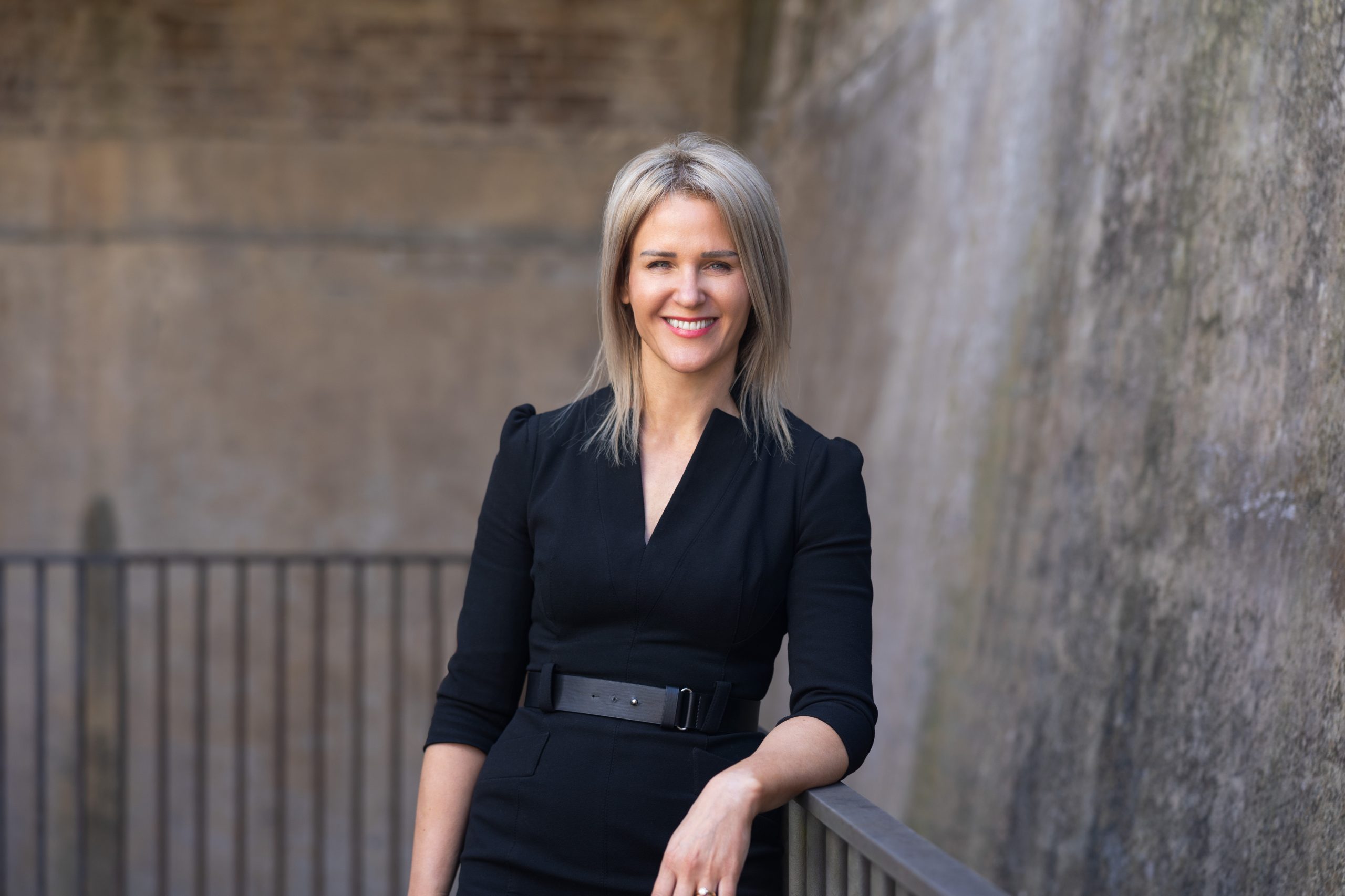
Ms Conisbee says 84 percent of Australian rental homes are owned by private landlords, typically mum and dad investors, and nine percent are owned by governments. “With Australia currently in the midst of a rental crisis, the question of who provides rental properties needs to be considered,” Ms Conisbee said. “We have relied heavily on private landlords for almost all our rental properties but we may not be able to so readily in the future.” She points out that large companies can access and manage debt more easily than private landlords when interest rates are high.
The CBRE report shows that Asia-Pacific investors are also interested in other types of residential properties. These include student accommodation, particularly in high migration markets like Australia, and retirement communities in markets with ageing populations, such as Japan and Korea. Most Asia Pacific investors said they intended to increase or keep their real estate allocations the same this year, with more than 50 percent of Australian respondents intending to invest more.
Consumers are going to gravitate toward applications powered by the buzzy new technology, analyst Michael Wolf predicts
Just 55 minutes from Sydney, make this your creative getaway located in the majestic Hawkesbury region.









